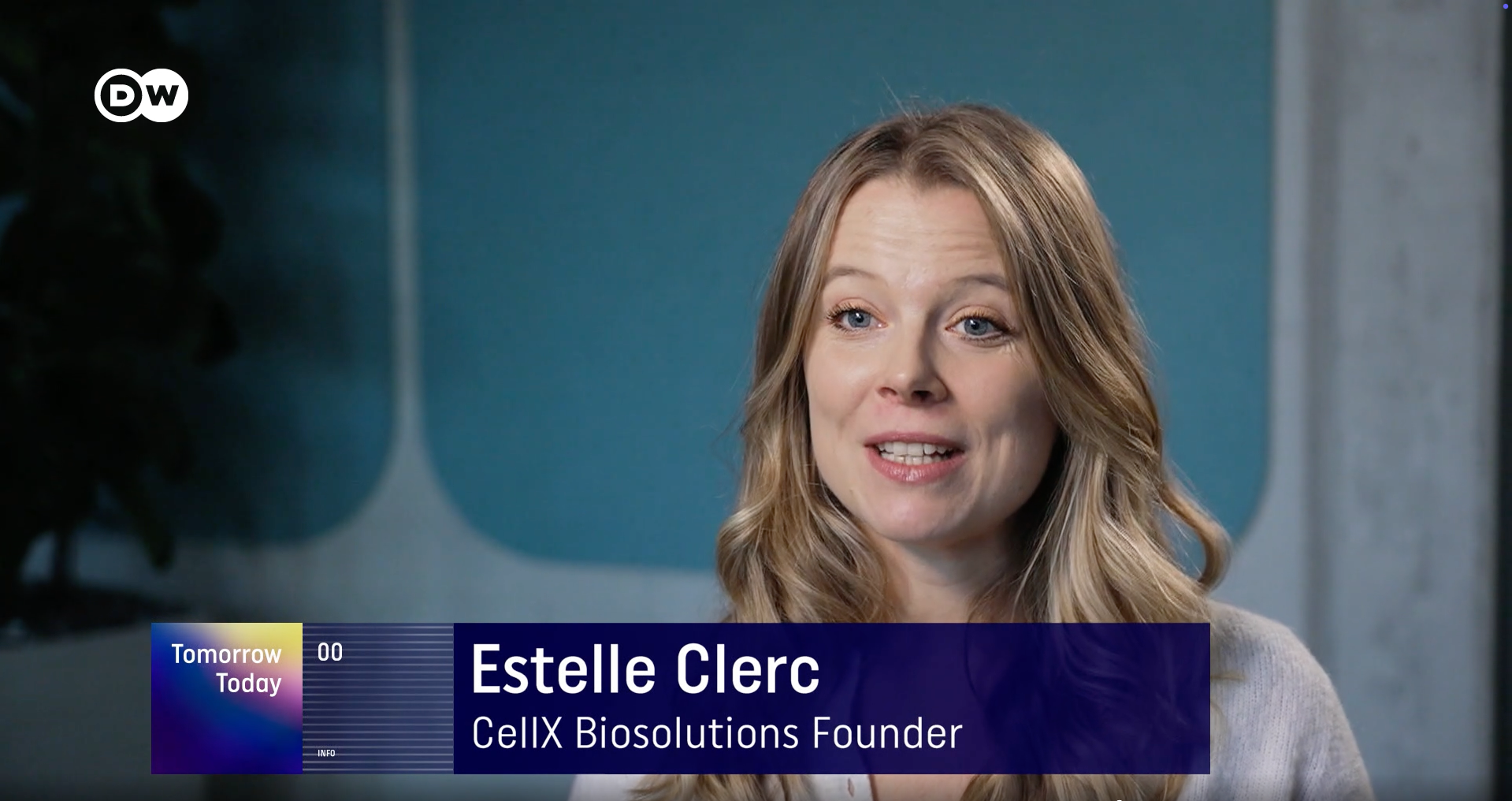Sustainable Treatment of Chemical Waste
Bacteria: Natural Master Recyclers
At CellX Biosolutions, we harness the power of bacteria to break down even the most persistent chemical pollutants - offering a sustainable, cost-effective alternative to traditional disposal methods. Our innovative technology isolates naturally occurring bacteria capable of degrading hazardous substances and allow us to scale them into a commercial solution, transforming pollution into a problem of the past.
Backed by cutting-edge research and industry-leading partners, we are pioneering the future of eco-friendly waste management - where science meets sustainability.
Applications
-
PFAS are one of the greatest pollution challenge of our century and often considered to be “forever chemicals”. With our technology, we have found and are now further developing promising bacterial communities for the degradation of the main types of PFAS and their by-products
-
We discover bacteria to degrade specific active pharmaceutical ingredients and by-products of production. We help API producers and contract manufacturers dispose of their wastewater in a cost-efficient and sustainable way.
-
We help agro-chemical producers dispose of hazardous wastewater generated in the production of pesticides, fungicides and herbicides.
-
Microplastics accumulate in natural water bodies where some bacteria have adapted to degrade them. We can specifically leverage the untapped potential of the deep ocean’s biodiversity to degrade microplastics.
-
With our technology we find the right bacterial community to treat your specific chemical effluents and recalcitrant target compound.
Solutions
Biological treatment of long and short-chain PFAS
We are developing bacterial solution for the treatment of PFAS contaminated wastewater and the remediation of PFAS polluted sites. Our bacteria have proven abilities to biodegrade both long and short-chain PFAS. From our library of PFAS-degrading bacteria, we assemble the right bacterial solution for your specific needs.
Tailored biodiscovery and treatment solutions
Based on your specific needs for chemical waste treatments, we discover custom bacterial communities. We optimize these communities and verify their scalability. We can take it one step further and provide the scaled up bacterial solution for the treatment of your target waste with the help of our experienced industrial partners.
Technology and Process
Meet the Team
CEO
Estelle Clerc
CSO
Fabienne Kurt
Biotech
Angela Botteon
Lead Engineer
Christian Engler
COO
Geoffrey Besnier
Microbiologist
Lucas van der Maas
Biotech
Denisa Mujezinovic
Lab technician
Rick Grootes
Lab technician
Helen Zbinden
In the news
With the support of




























